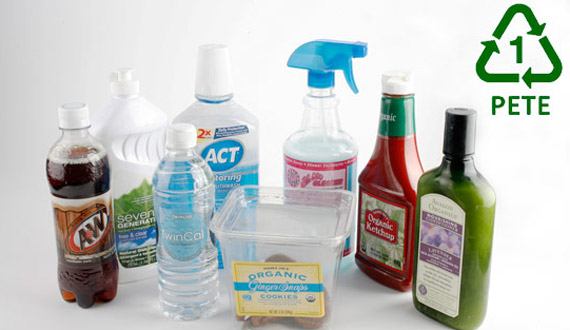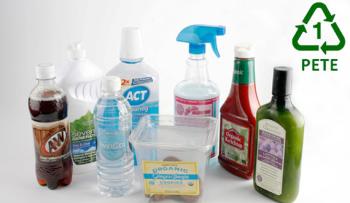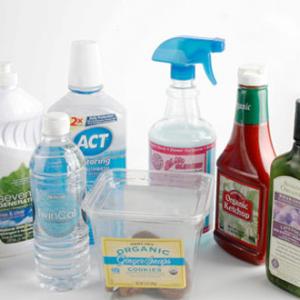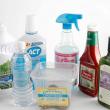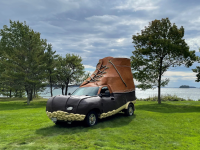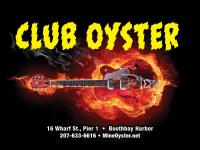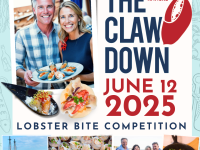County to change plastics recycling
A change in how plastics can be marketed will soon change how plastics are sorted for recycling in Lincoln County. Plastics #1, which include lightweight items such as clear clamshell takeaway containers, berry containers and other thin plastics, will soon be sorted separately from the bulk of plastics destined for overseas recycling.
County Administrator Carrie Kipfer let the Lincoln County Commissioners know about the change during the Dec. 19 commissioners’ meeting. At the time, she was hopeful the change could be implemented by the first week in January, but during a call on Jan. 23, she said she had not yet been able to put all the pieces into place, including getting new bins and contacting all municipal authorities.
Plastics #1, or Polyethylene terephthalate, sometimes abbreviated as PETE or PET, are low-density plastics, and can only be used for certain things. Higher density plastics can be lumped together and used for any number of uses. PETE is the best-known member of plastic polymers. Initially, it was best known as a wrinkle-free textile (polyester), but in later years, became a popular drink and food container because it can create a liquid and gas barrier. Oxygen cannot get in to spoil food, and carbon dioxide that makes soft drinks fizzy cannot get out. It is light and thin, which makes it attractive for many uses and cheap to transport.
It is everywhere. And unlike plastics #2 – 7, it can’t be combined with other plastics. It can be used to make new PETE, but the plastics have to be sorted, which is causing the foreign market to dry up, Kipfer said.
“We have a domestic market for plastic #1,” she said. “But they have to be isolated. Otherwise, the material is useless.”
In Maine, a percentage of these containers – mostly water, soda and juice bottles – are redeemable for a nickel each and shouldn’t be in the non-redeemable plastics recycling stream. But the berry containers and clamshell containers, mouthwash bottles, salad dressing bottles, peanut butter jars, and other items that contain PET now have to be separated from milk bottles, detergent bottles and any plastics marked 2-7.
The transfer stations will soon have new, plastics #1-only bins. The county recommends sorting plastics #1 from the regular recycling stream before taking them to the transfer station. “We are saving a lot of money by recycling anything that can be recycled,” Kipfer said. “Taking an extra minute or two to sort out plastics means that we aren’t adding the weight of those materials to our tipping fees, and that means everyone saves money on county taxes.”
Plastic materials are marked on the bottom with the recycling symbol and a number from 1 to 7. Currently, only plastics #1 have to be separated from the rest.
Start dates for the change will be announced.
Event Date
Address
United States

